I was doing the dishes like I usually do, going about my business after supper. I noticed the water wasn’t draining from the sink shortly after cleaning and washing the frying pan. I looked to see if anything was obstructing the drain hole, but there wasn’t. The waste disposal was turned on, although it only provided a short-term solution.
If these suggestions need to be revised, kitchen sink replacement. Call the plumber later. With one of these six techniques to unclog a kitchen, there’s a strong possibility you can take care of the issue yourself:
Techniques to Fix an Overflowing Kitchen Sink
1. Use boiling water as a weapon
Boiling water may be all your pipes need to clear a clog caused by hair, grease, soap residue, and other debris. Since it’s the most straightforward boiler servicing solution, you should start there when unclogging a sink.
Here are the actions to take, which are simple as 1-2-3:
- Use a kettle or your burner to heat a half gallon of water to a rolling boil.
- Immediately pour the boiling water into the drain’s opening.
- Check if the water flows steadily when you turn on the faucet. Repeat the procedure if it’s still standing in the sink or draining slowly.
2. Examine the trash disposal
The garbage disposal can cause drainage troubles in your sink. Turning on the disposal will often clear the obstruction if it is there. The disposal may be stuck or faulty if you switch it on and hear a low buzzing sound. Never put your hand inside the disposal, and always remember to turn off the unit’s electricity before attempting any repairs.
3. Push the obstruction aside
It’s time to pull out the plunger once you’ve determined that the garbage disposal isn’t the issue. But bear in mind: Dengarden advised using a flat-bottomed plunger for the operation, although you may use the toilet plunger if that’s all you have on hand. Prepare your plunger and proceed as follows:
- To plug the sink’s drain, fill it with hot water until it’s approximately half full.
- Place the plunger over the drain and start swiftly pumping up and down many times.
- Wait to observe whether the water drains after removing the plunger.
- Continue until the water is free draining.
4. Use baking soda and vinegar to break it down.
This method unclogs clogged drains without the use of chemical drain cleaners. Baking soda and vinegar are typical household ingredients in your kitchen sink replacement, which is excellent for you. To allow the combination to do its magic, follow these steps:
- With a cup or bowl, drain the sink of any standing water.
- To clean the drain hole, pour one cup of white vinegar.
- To close the aperture, put a stopper or cover over the drain.
- Give the mixture 15 minutes to rest.
- Run hot tap water down the drain after removing the cap.
- For more challenging blockages, use boiling water.
5. Make use of the plumber’s snake
To overcome the obstruction, the stubborn clogs will need the might of a plumber’s snake. The device features a spiral snake with a coil that extends down the drain. When the snake encounters a blockage, you may turn the handle to move the impediment and remove it from the drain. For clearing clogged drains, electric snakes have much greater strength.
6. Make the P-trap clean
If the water still needs to be draining correctly, the elbow-shaped P-trap pipe under your sink may be blocked. The solution is to disassemble the pipe and remove the debris clogging it up. When you’re prepared, do the P-trap cleaning procedure as follows:
- Clear the pipe of dirt, filth, and residue by removing the P-trap.
- Hook up the trap again.
- To pour water down the drain, turn on the faucet.
- To remove the P-trap, repeat the procedure.
- Remove the horizontal pipe that runs along the wall and links the system.
Conclusion
Your best action if there is a sink overflow, is to try to stop it from happening in the first place.


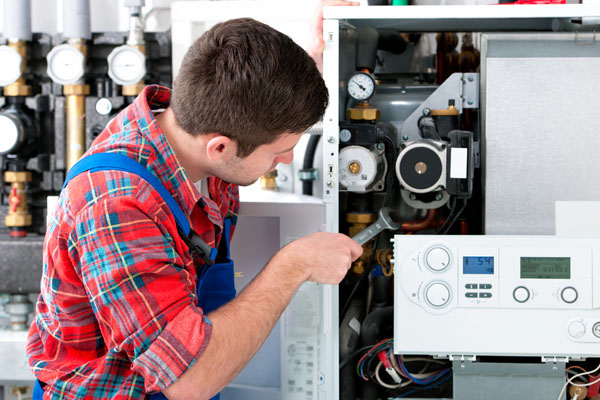

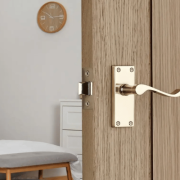

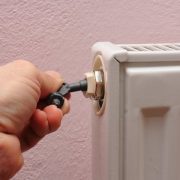
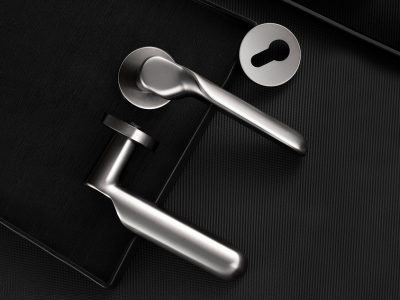

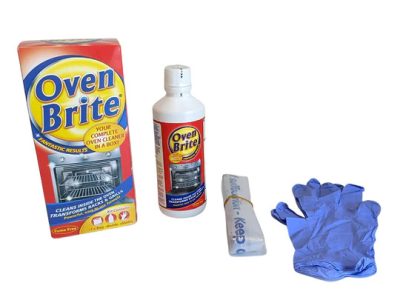




Comments